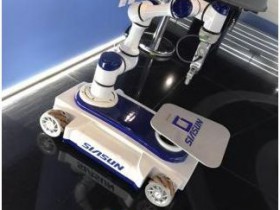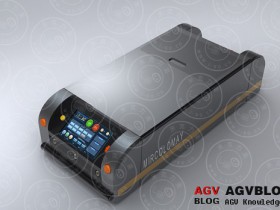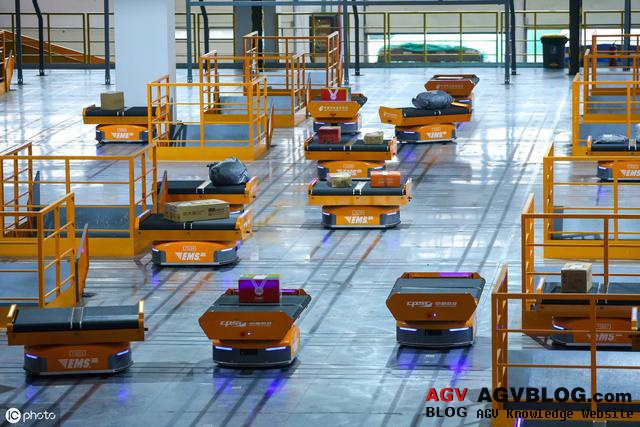
With the development of intelligent manufacturing, factory intelligence has become an inevitable trend. Automated Guided Vehicle (AGV), as an important tool for automated transportation, has been more and more widely used in recent years. Many manufacturing and warehousing logistics consider using AGV carts, but they do n’t know much about it. I do n’t know which type of AGV products to choose, and then I will worry about AGV problems. Navigation guidance technology, as one of the core technologies of AGV, is undoubtedly the key to choice. Today we introduce 8 different AGVs that are common in the market, so that more users can have a simple understanding.
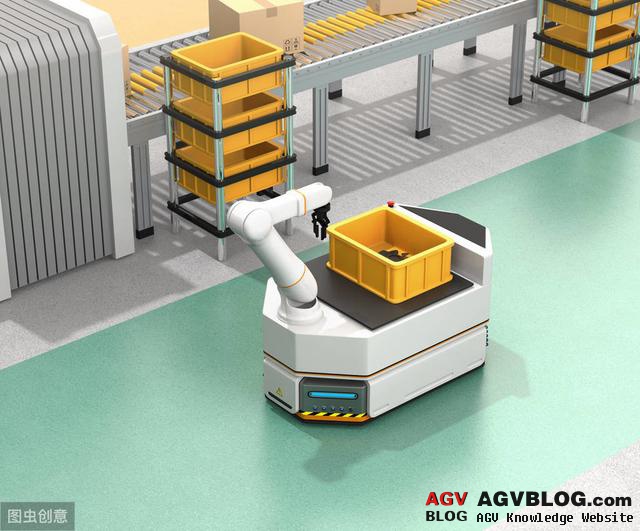
1. Magnetic nail navigation: This navigation method still uses the magnetic navigation sensor to detect the magnetic signal of the magnetic nail to find the path of travel. It only changes the continuous induction of the magnetic strip when the magnetic strip navigation is used into intermittent induction The distance between them cannot be too large, and the AGV between the two magnetic nails is in a state of distance measurement, in which the encoder needs to measure the distance traveled. Secondly, the control module used for magnetic nail navigation is the same as the magnetic strip navigation control module.
The advantages of magnetic nail navigation: low cost, mature and reliable technology. The navigation has good privacy and strong aesthetics, that is to say, the magnetic nails are pre-buried and buried under the ground, and there is no other navigation auxiliary equipment above the ground of the entire factory. Magnetic nails have strong anti-interference, strong anti-abrasion, anti-acid, oil and other influences. Use outside, indoor, rain, etc.
Disadvantages of magnetic nail navigation: AGV navigation ground must meet the technical requirements, that is, there can be no other magnetic substances in the AGV navigation route; AGV navigation lines cannot have degaussing and diamagnetic substances, which affect the AGV magnetic nail magnetism. The AGV magnetic nail navigation line is laid once, and the subsequent modification of the line must perform a second operation. Compared with the laser navigation technology, the magnetic nail navigation adds cost and construction time to the later modification of the line. The construction of AGV magnetic nail navigation will destroy the ground to a certain extent, that is, to make holes in the ground and then backfill it. The construction technology requirements are strict to restore the original ground aesthetic requirements.
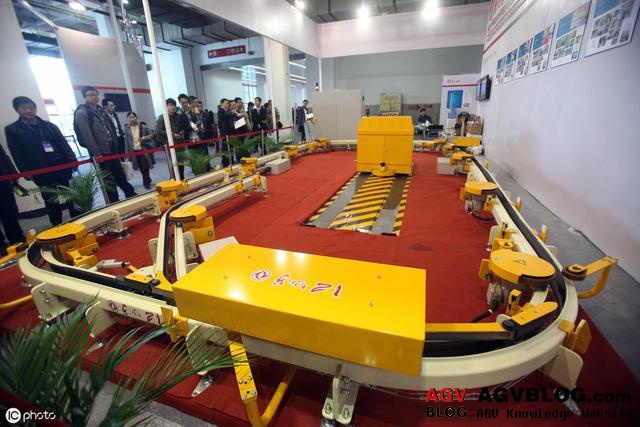
2. Magnetic strip navigation: Magnetic strip navigation is considered to be a very mature technology, mainly to obtain the position deviation of the vehicle relative to the target tracking path by measuring the magnetic field signal on the path, so as to realize vehicle control and navigation. Magnetic strip navigation has high measurement accuracy and good repeatability. Magnetic navigation is not easily affected by changes in light and so on. During operation, the magnetic sensor system has high reliability and robustness. Once the magnetic strip is laid, the maintenance cost is very low, the service life is long, and it is easier to add and change the path.
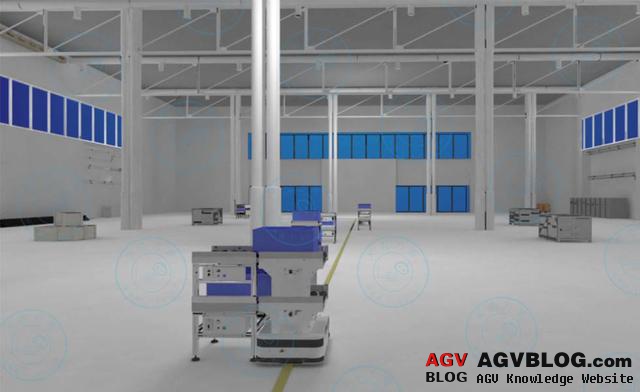
The advantages of magnetic strip navigation: simple on-site construction. Low cost, mature and reliable technology. No disturbance to sound and light. The obviousness of the AGV operation line. It is easy to change the line twice, the change cost is low, and the change cycle is short. Low technical requirements for construction personnel
Disadvantages of magnetic strip navigation: The magnetic strip is easy to break; due to the magnetic strip laying on the ground, the overall aesthetics are reduced. The magnetic stripe cannot be coherent, because the AGV turns will crush the magnetic stripe, and part of the magnetic stripe will be cut off and not laid. The magnetic stripe will attract metal substances, leading to AGV equipment failures and so on. Other sensors are needed to realize the positioning site function.
3. Laser navigation: Laser navigation is to install a laser reflection plate around the AGV driving path. The AGV emits a laser beam and simultaneously collects the laser beam reflected by the reflection plate to determine its current position and direction, and through continuous triangular geometry Operation to achieve AGV navigation.
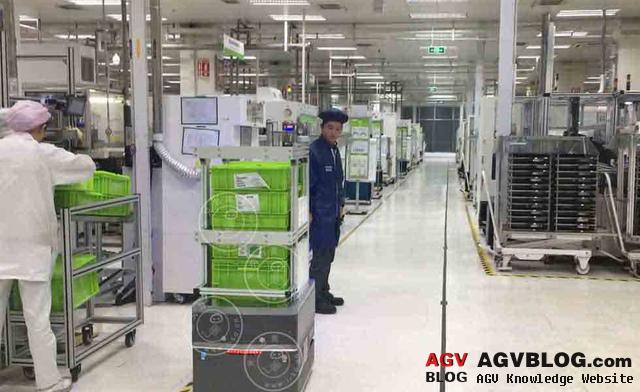
Laser navigation technology advantages: AGV positioning accuracy. The ground does not require other positioning facilities. The driving path can be flexible and can be suitable for a variety of on-site environments. It is the advanced navigation method preferred by many AGV manufacturers at home and abroad.
Disadvantages of laser navigation technology: high cost and relatively harsh environmental requirements (outside light, ground requirements, visibility requirements, etc.). Laser navigation equipment is expensive. Laser navigation equipment is suitable for unobstructed environments. The cost of reflectors is high.
At present, laser navigation technology has become the mainstream solution of domestic and foreign AGV manufacturers. Due to its high positioning accuracy, flexible route changes, mature navigation technology and other factors, laser navigation has become popular.
4. Electromagnetic navigation: Electromagnetic navigation is one of the more traditional navigation methods, and it is still used at present. It is to bury a metal wire on the AGV's driving path, and load the guiding frequency on the metal wire, by identifying the guiding frequency Realize the navigation function of AGV. The navigation technology is similar to magnetic strip navigation. Due to the lack of beauty of the navigation technology and the difficulty of changing the path, the technical solution is gradually abandoned by AGV manufacturers, but it is more suitable for the specific occasions. The navigation technology is more suitable according to AGV working environment requirements. Such as high temperature environment, strict requirements for line straightness and other requirements.
The advantages of electromagnetic navigation: low cost, mature and reliable technology. The navigation has good privacy and strong aesthetics, that is to say, the magnetic nails are pre-buried and buried under the ground, and there is no other navigation auxiliary equipment above the ground of the entire factory. Magnetic nails have strong anti-interference, strong anti-abrasion, anti-acid, oil and other influences. Use outside, indoor, etc.
Disadvantages of electromagnetic navigation: additional equipment is required to generate electromagnetic signals. Other sensors are needed to realize the site positioning function. The AGV electromagnetic navigation line is laid once, and the subsequent modification of the line must perform a second operation. Compared with the laser navigation technology, electromagnetic navigation adds cost and construction time to the later modification of the line. The construction of AGV magnetic nail navigation will destroy the ground to a certain extent, that is, grooving on the ground and then backfilling. The strict construction technology requirements can restore the original ground aesthetic requirements.
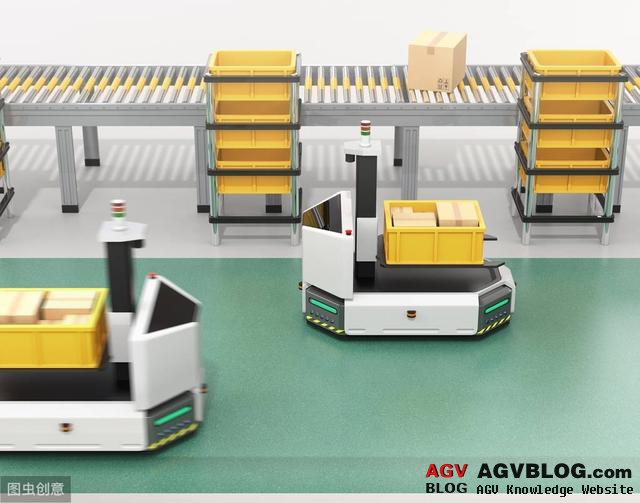
5. Ranging navigation: The navigation technology is mainly applied to the laser two-bit scanner to scan and measure its surrounding environment, obtain the measurement data and then implement the AGV navigation in combination with the navigation algorithm. The navigation sensor is usually implemented using a safety laser scanner with a safety function. Since the safety laser scanner can be used to realize the safety function, it can also realize the navigation measurement function. The AGV adopting the ranging navigation technology can realize the function of automatic pickup and delivery when entering the container.
6. Contour navigation: Contour navigation is currently the most advanced navigation technology of AGV. This technology uses a two-dimensional laser scanner to measure and learn the on-site environment, and draw the navigation environment, and then how much measurement and learning to do, modify the map to realize the contour navigation function . Use the natural environment (walls, pillars and other fixed objects) for free ranging navigation to update the location based on the environmental measurement results. Advantages of contour navigation: no need for reflectors or other artificial landmarks; reduced installation costs; reduced maintenance work; laser navigation alternatives
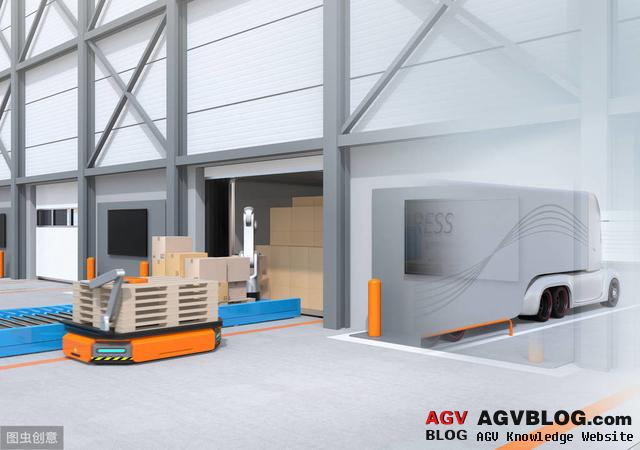
7. Hybrid navigation: Hybrid navigation is a collection of multiple types of navigation. This navigation method is based on changes in the scene environment. Due to the changes in the on-site environment, some types of navigation temporarily cannot meet the requirements, and then switch to another navigation method to continue to meet AGV continuous operation.
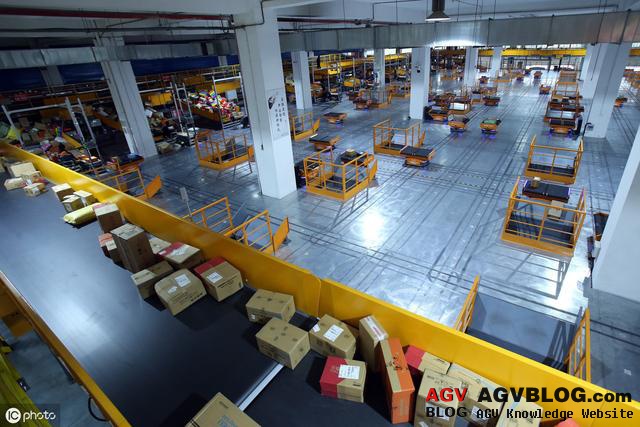
8. Optical navigation: Optical navigation actually uses industrial cameras for identification. The navigation is divided into ribbon tracking navigation, QR code recognition and other functions.
Comparison of AGV navigation methods
Early AGVs mostly used magnetic tape or electromagnetic navigation. These two schemes are simple in principle, mature in technology, and low in cost. However, changing or expanding paths and later maintenance are more troublesome, and AGV can only walk on a fixed route, and cannot achieve intelligent avoidance. Or change the task in real time through the control system.
At present, the mainstream navigation method of AGV is two-dimensional code + inertial navigation. This method is relatively flexible and easy to lay or change the path. However, the path needs regular maintenance. If the venue is complex, the two-dimensional code must be replaced frequently. The accuracy and service life of the instrument are strict.
With the development of the SLAM algorithm, SLAM has become the advanced navigation method preferred by many AGV manufacturers. The SLAM method does not require other positioning facilities, the form and path are flexible, and can adapt to a variety of on-site environments. I believe that with the maturity of the algorithm and the compression of hardware costs, SLAM will undoubtedly become the mainstream navigation method of AGV in the future.
SLAM is roughly divided into two categories: laser SLAM (2D or 3D) and visual SLAM.
Visual SLAM is still in the stage of further research and development and application scenario expansion. Visual SLAM has received extensive attention because of its large amount of information and wide range of applications. However, the algorithm requires higher processor requirements. Generally, it requires a quasi-desktop-level CPU or even a GPU. However, most AGVs use embedded processors, so they are short. Time is difficult to apply on a large scale on small AGV equipment.
Laser SLAM started earlier than visual SLAM, the theory and technology are relatively mature, stability and reliability have been verified, and the performance requirements for the processor are much lower than visual SLAM. In operation, some AGV manufacturers have already launched products based on laser SLAM navigation. There is no doubt that laser SLAM is still the mainstream SLAM solution for a period of time.
AGV navigation guidance technology has been developing in the direction of higher flexibility, higher precision and greater adaptability, and its dependence on auxiliary navigation signs is getting lower and lower. The free path navigation method like instant positioning and map construction like SLAM is undoubtedly the future development trend. It is believed that in the near future, the interactive fusion of 5G, AI, cloud computing, IoT and other technologies and intelligent robots will bring about earth-shaking changes to the AGV industry, and the SLAM navigation method with higher flexibility, higher accuracy and stronger adaptability It will also be more suitable for complex and changing dynamic operating environment.



